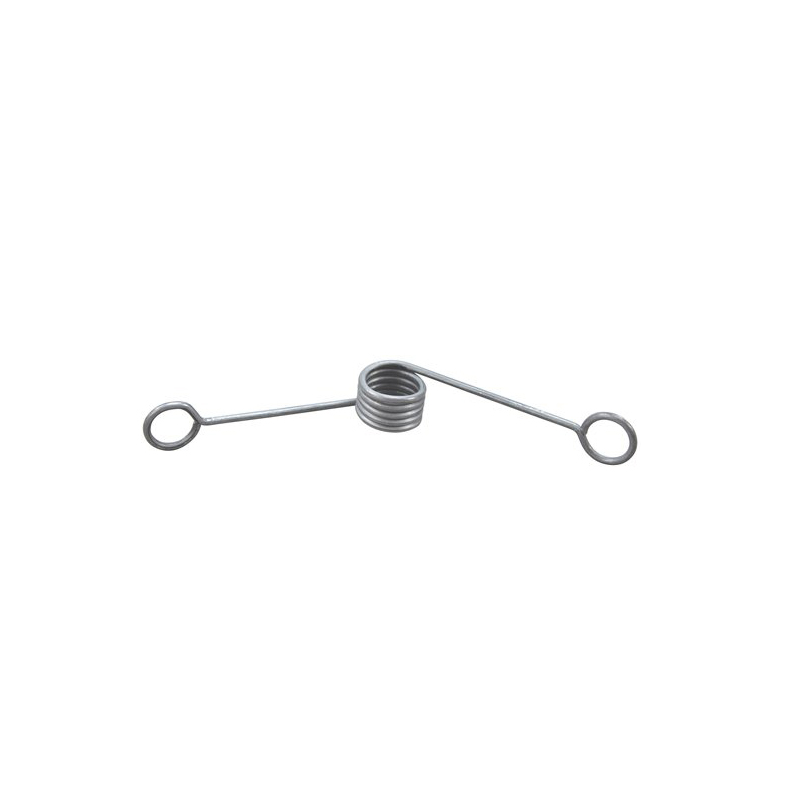
- Mobile Phone
- +8613931874955
- sales@cntcmetal.com
Durable Steel Mesh Wire for Enhanced Strength and Versatile Applications in Construction and Industry
The Versatility and Applications of Iron Mesh Wire
Iron mesh wire, often referred to simply as wire mesh, has become an essential material across various industries due to its unparalleled versatility and strength. Composed of interwoven strands of iron, this material offers incredible durability, making it ideal for a host of applications ranging from construction to agriculture and even art.
Composition and Properties
Iron mesh wire is typically made from high-quality iron or galvanized iron, which is coated to resist rust and corrosion. The mesh is characterized by its grid-like pattern, consisting of evenly spaced horizontal and vertical wires. This unique arrangement provides both tensile strength and flexibility, allowing it to endure significant weight and pressure. Additionally, the size of the mesh openings can be customized according to the specific needs of a project, making it a highly adaptable material.
Applications in Construction
In the construction industry, iron mesh wire plays a vital role in reinforcing concrete structures. It is commonly used in the fabrication of concrete slabs, driveways, and foundations, where it serves to enhance the tensile strength of concrete, which is naturally weak in tension. By incorporating iron mesh wire, builders can create more resilient structures that can withstand various stresses and strains, thereby extending the lifespan of the construction.
Moreover, iron mesh wire is also employed in fencing and security applications. The robust nature of the material makes it an excellent choice for perimeter fencing, livestock enclosures, and even garden barriers. It provides a physical deterrent against intruders while ensuring visibility, which is crucial for maintaining security without hindering aesthetics.
iron mesh wire

Agricultural Uses
In agriculture, iron mesh wire has numerous applications that contribute to efficiency and productivity. It is commonly utilized in the formation of trellises for climbing plants such as tomatoes and cucumbers. The supportive structure allows plants to grow vertically, enhancing air circulation and reducing the risk of disease. Additionally, iron mesh wire can be used in the construction of animal enclosures, facilitating safe and secure housing for livestock while promoting adequate ventilation.
Furthermore, the mesh wire can also serve as a protective shield against pests. By installing iron mesh wire around gardens or crops, farmers can effectively keep out unwanted animals while allowing necessary sunlight and rain to nurture their plants. This dual functionality significantly contributes to sustainable farming practices.
Creative and Artistic Uses
The versatility of iron mesh wire extends beyond traditional industrial applications. Artists and designers have increasingly turned to this material to create stunning sculptures and installations. Its malleability allows for intricate designs, and its structural integrity ensures that the finished pieces can withstand the elements when displayed outdoors. Artists can manipulate the wire to form delicate shapes or robust sculptures, showcasing creativity and engineering prowess.
Conclusion
The multifaceted nature of iron mesh wire makes it an indispensable asset across various fields. Its strength, durability, and adaptability ensure that it meets the demanding requirements of construction, agriculture, and art. As industries continue to evolve and innovate, the uses of iron mesh wire are likely to expand further, solidifying its status as a fundamental building block in numerous applications. Whether it is reinforcing a structure, protecting crops, or serving as a canvas for artistic expression, iron mesh wire remains a testament to the blend of functionality and creativity.
share:
-
Yard Sign Stakes: Reliable Guardians of Outdoor SignsNewsAug.04,2025
-
Wall Ties: Invisible Guardians of Building StabilityNewsAug.04,2025
-
Resilient Web: The Super Guardian Power of Concrete MeshNewsAug.04,2025
-
Masonry Accessories: A versatile assistant on building foundationsNewsAug.04,2025
-
Iron Binding Wire: the 'invisible reinforcement specialist' in the fields of architecture and industryNewsAug.04,2025
-
Dynamic Spring: The diverse functions and excellent performance of Wire Tension SpringNewsAug.04,2025
-
Your Source for Concrete Wall Ties and Masonry AccessoriesNewsJul.10,2025



















